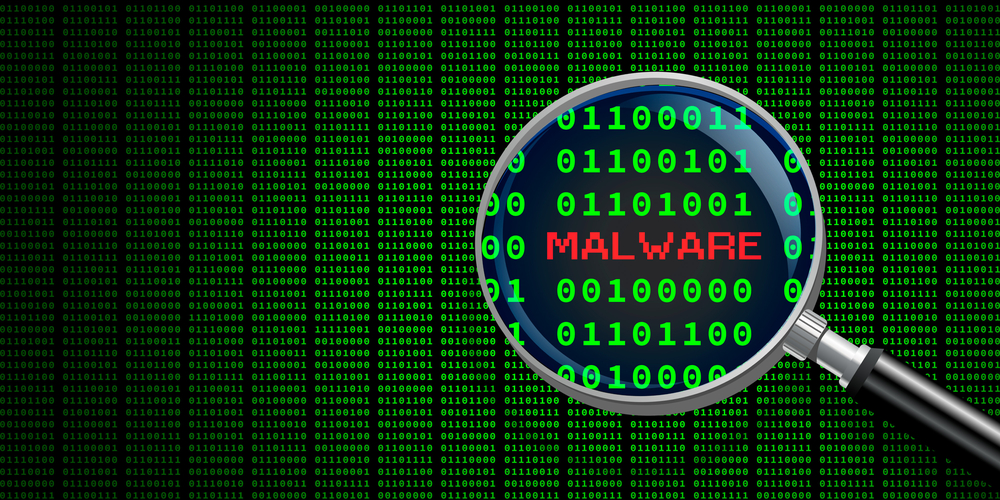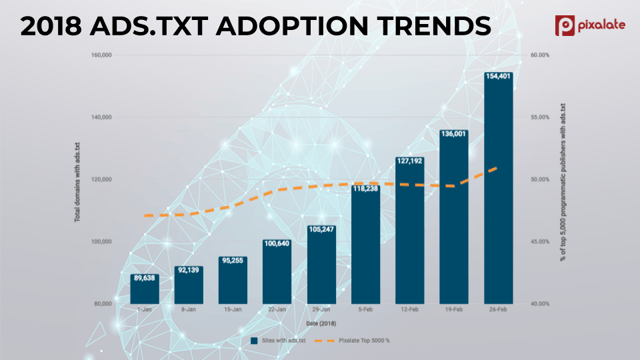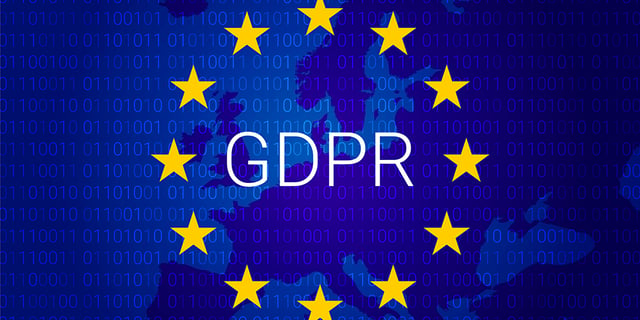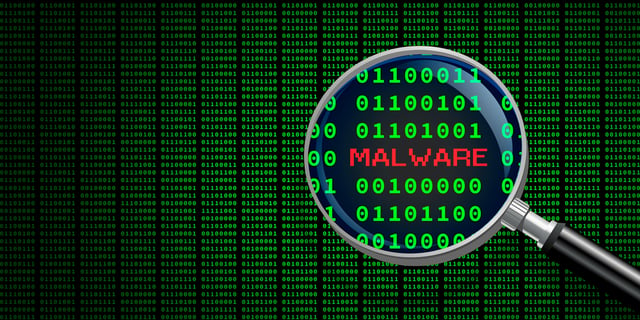
This week's review of ad fraud and quality in the digital advertising space.

According to new research from Pixalate, ads.txt adoption reached multiple milestones this week in terms of industry-wide trends. Ads.txt has passed the 50% adoption mark among the top 5,000 programmatic sites. Additionally, over 150,000 total publishers now have ads.txt.

According to the Wall Street Journal, Procter & Gamble Co. (P&G) reduced its digital ad budget by over $200 million last year. The budget slash came after P&G "publicly pressur[ed] major technology platforms to help clean up the online ad market and fork over more information about the effectiveness of digital ads," wrote the WSJ. "The consumer products giant says that its push for more transparency over the past year revealed such spending had been largely wasteful and that eliminating it helped the company reach more consumers in more effective ways," the article added.

An eMarketer article featuring data from a World Federation of Advertisers survey reveals which programmatic ad tactics marketers are most focused on for 2018 in comparison to what they were focused on in 2017. GDPR compliance is a major priority for 76% of programmatic marketers this year, compared to the 10% who said they had already handled GDPR matters in 2017. Here's what the GDPR means for programmatic advertising.

Salon.com this week announced that is participating in a closed beta, led by Rebel AI, which aims to use blockchain technology to tackle digital ad fraud. The program "creat[es] blockchain identities for advertisers and publishers," and Salon says it "is one of the first publications to create its identity on the online ad blockchain giving advertisers who also create an identity a secure way to ensure their ad dollars will not fall into fraudulent hands when buying ad space on salon.com."

According to Bleeping Computer, "Over 40 models of low-cost Android smartphones are sold already infected with the Triada banking trojan, says Dr.Web, a Russia-based antivirus vendor." According to Forbes, "[The malware] was originally spread through a malicious advertising network."
Sign up for our blog to stay updated with new stats, trends, and analysis on digital ad fraud.
*By entering your email address and clicking Subscribe, you are agreeing to our Terms of Use and Privacy Policy.
These Stories on Weekly Recaps
*By entering your email address and clicking Subscribe, you are agreeing to our Terms of Use and Privacy Policy.

Disclaimer: The content of this page reflects Pixalate’s opinions with respect to the factors that Pixalate believes can be useful to the digital media industry. Any proprietary data shared is grounded in Pixalate’s proprietary technology and analytics, which Pixalate is continuously evaluating and updating. Any references to outside sources should not be construed as endorsements. Pixalate’s opinions are just that - opinion, not facts or guarantees.
Per the MRC, “'Fraud' is not intended to represent fraud as defined in various laws, statutes and ordinances or as conventionally used in U.S. Court or other legal proceedings, but rather a custom definition strictly for advertising measurement purposes. Also per the MRC, “‘Invalid Traffic’ is defined generally as traffic that does not meet certain ad serving quality or completeness criteria, or otherwise does not represent legitimate ad traffic that should be included in measurement counts. Among the reasons why ad traffic may be deemed invalid is it is a result of non-human traffic (spiders, bots, etc.), or activity designed to produce fraudulent traffic.”

